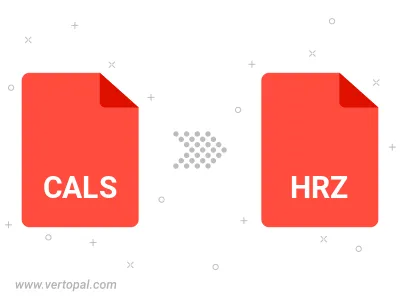Convert CALS to HRZ
Convert CALS images to HRZ format, edit and optimize images online and free.

The CALS (Continuous Acquisition and Life-cycle Support) Type 1 Image file format, developed by the United States Department of Defense in the mid-1980s, is a standard for storing raster (bit-mapped) image data, typically black-and-white. It ensures efficient data interchange and retention of orientation metadata. The format supports both uncompressed and compressed (using CCITT Group 4 compression) images. This standard was part of the broader CALS initiative aimed at improving electronic publishing and data management within the federal government.
The HRZ file extension is associated with Slow Scan Television (SSTV), a method used by amateur radio operators to transmit still images via radio waves. HRZ files store images rendered from SSTV audio signals, typically as 256x240 pixel RGB bitmaps. These files can be viewed using software like XnViewMP or Logipole Konverter. SSTV allows for the transmission of images over high-frequency bands using single-sideband modulation (SSB). The HRZ format is not widely produced by specific programs, but several image viewers support it.
Drag and drop or manually select the CALS file from your system.
Check the preview and configure CALS to HRZ tools before proceeding.
Download your HRZ image once the conversion process is complete.

The Vertopal CLI ensures reliable conversion of CALS image into HRZ image formats.